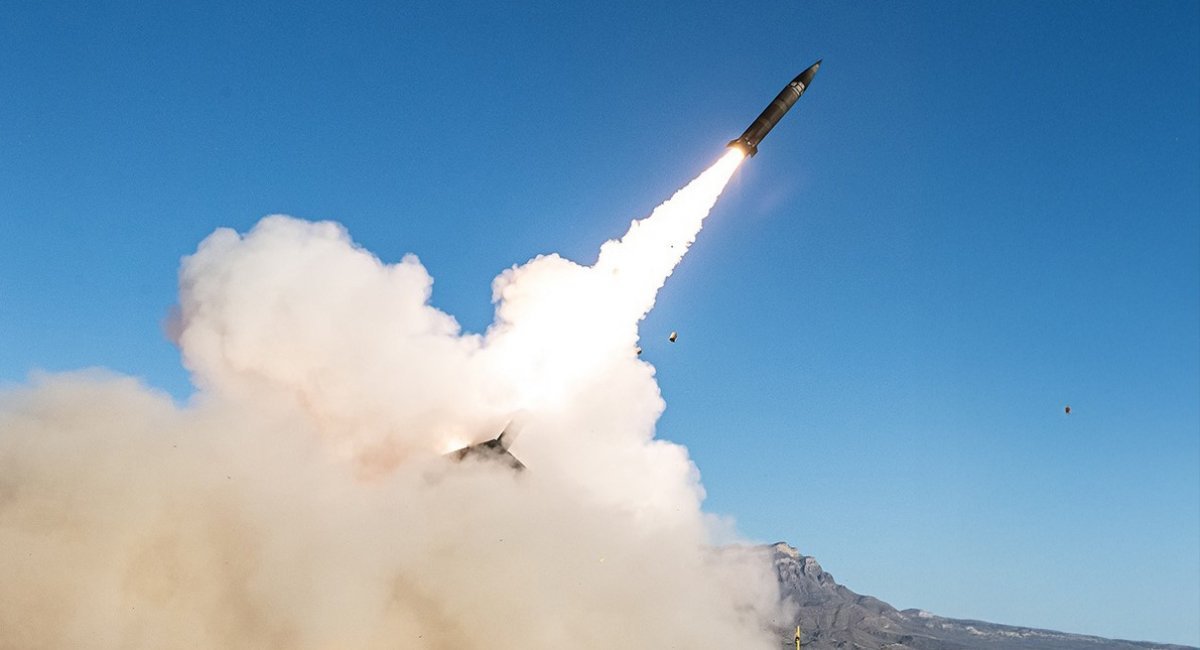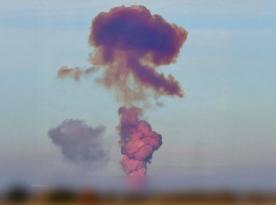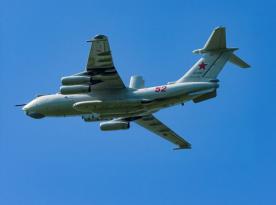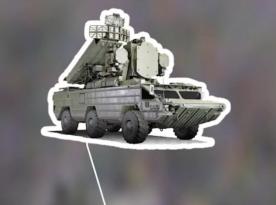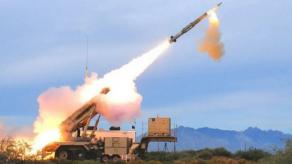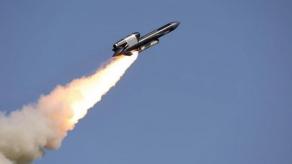The time that has passed since U.S. President Donald Trump’s "important announcement" on Ukraine, made on Monday, July 14, has brought little in the way of clear, official answers regarding the future of American military aid for the Ukrainian Armed Forces. Instead, a flood of statements, insider reports, denials, and contradictory comments has only further muddied the waters.
The key takeaway, however, is that the United States will now sell weapons to NATO, with the purchases paid for by the Alliance. While the U.S. itself is NATO’s primary member, it is evident that the White House is referring specifically to NATO’s European members in this case.
Read more: NYT: U.S. Approved Re-Export of Long-Range Rockets and Patriot missiles to Ukraine
Moreover, it appears this mechanism will primarily involve European countries financing these arms deliveries. Most likely, this refers to nations that have consistently backed Ukraine and have the necessary financial resources: Germany, the Netherlands, Denmark, Norway, and others. This concerns weapons already in production or completed, and, effectively, access to U.S. military stockpiles but now under a new price tag.
How Many Additional Patriot Systems Could Ukraine Expect?
The first concrete example of such deliveries is expected to involve Patriot air defense systems. On Monday in Washington, the figure of 17 units was mentioned. However, no one has been able to clarify exactly what was meant by this number, as even the Pentagon redirected questions to the White House for explanation.
The most plausible interpretation is that 17 batteries is the number currently ordered by European countries, and these could potentially be redirected to Ukraine. One example of how this might work is Germany’s planned transfer of two Patriot batteries. This could be facilitated by Berlin’s firm contract for eight batteries — meaning Germany could order two additional units for itself, while transferring either the first two it receives, or existing systems already in its inventory, to Ukraine at the earliest opportunity.
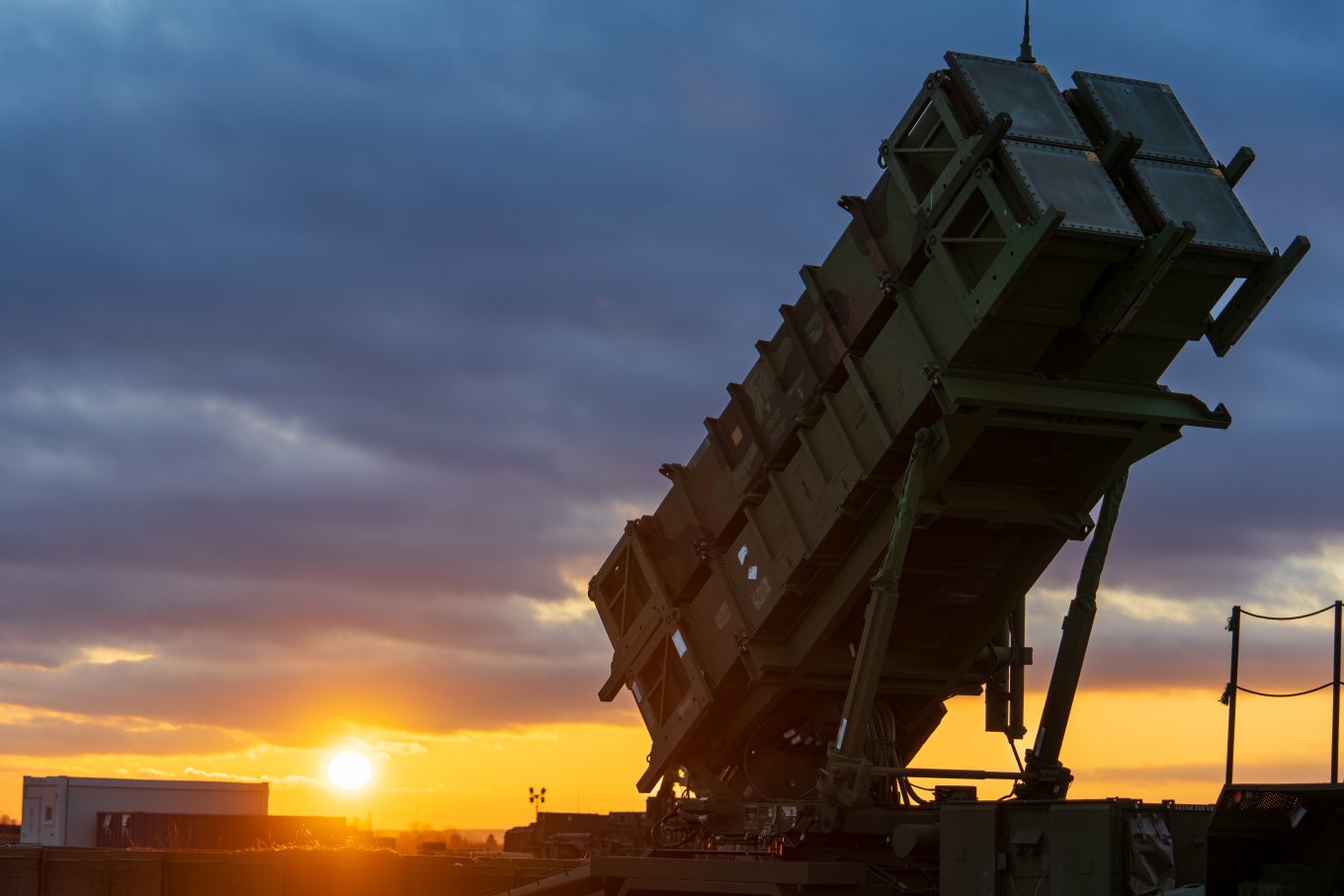
Meanwhile, Norway has also been mentioned among potential participants in this supply mechanism. Although Norway does not possess its own Patriots, it may find a partner willing to accept payment to facilitate such transfers in support of Ukraine. Sweden is a possible candidate, as is Romania, which has already transferred one battery to Ukraine and is currently awaiting delivery of its newly ordered systems.
Another possible avenue has emerged thanks to Israel’s recent reported agreement to "transfer" its Patriot air defense systems to Ukraine. More accurately, these systems would first be returned to the United States, as Israel originally received them as military aid. Washington would then redirect a certain number of these systems to Ukraine. In any case, Israel has already decommissioned these systems, and the discussion concerns between four and eight batteries. This arrangement would also require funding.
However, from a practical standpoint, the number of Patriot systems themselves is likely less of a problem than the availability of interceptor missiles for them. The issue is not merely about existing stockpiles, but about whether the United States is willing to provide these missiles, even for payment. Everything depends on the pace of their production. It is possible to acquire numerous Patriot batteries, but without sufficient interceptor missiles, they would be effectively useless.
Long-Range Weapons for Ukraine — Yes or No?
The second key question concerns whether Ukraine will receive long-range strike capabilities from the United States. While Patriot missiles are primarily designed to defend against incoming threats, "the arrows," Ukraine also needs tools to strike at "the archer." For that, Ukraine requires appropriate long-range weapons.
Despite numerous insider reports from leading Western media outlets suggesting that Ukraine will finally receive American long-range offensive missiles, with some even specifically mentioning cruise missiles such as JASSM or Tomahawk, and claims that these weapons would enable strikes on moscow, no official confirmation has been provided. In fact, these rumors have been explicitly denied.
In his latest press comments, President Trump clearly stated that Ukraine would not be receiving JASSM missiles and reaffirmed his opposition to Ukraine conducting strikes on Moscow. He added that he does not take sides in this matter.
In this situation, one can only hypothetically recall other American long-range missile options besides JASSM-ER that could reach moscow but fall below the Tomahawk in terms of capability.
However, there is still some hope tied to another factor. It is now evident that Washington has decided to distance itself politically from direct support for Ukraine. This is likely why the transfer of American weapons to Ukraine will now formally proceed through NATO, structured as a commercial transaction, with European allies footing the bill. In this context, Ukraine becomes a customer seeking the most effective solutions for its money.
Therefore, even if this sounds overly optimistic, there is a possibility that the United States will sell what Ukraine and Europe genuinely need. After all, systematically degrading russia’s military production capacity is in the interest of all parties involved.
Read more: If U.S. Gives Ukraine Long-Range Missiles, What Besides JASSM-ER Could Hit moscow




